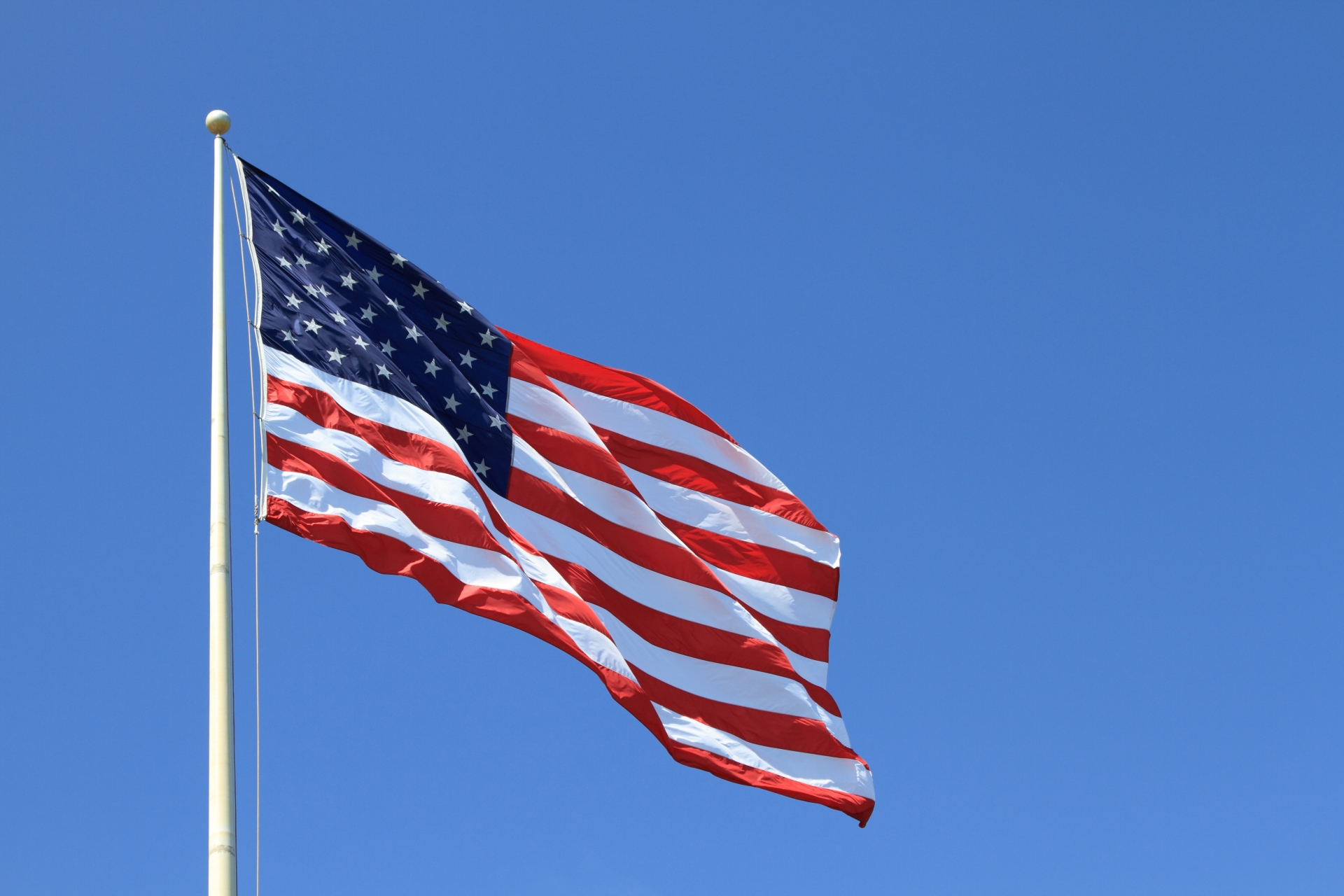1. Causes of heat in South Carolina
1-1. Humid Subtropical Climate
- South Carolina has a humid subtropical climate, with hot and humid summers.
- Warm, moist air flows in from the Gulf of Mexico and the Atlantic Ocean, increasing the humidity and making it feel hotter.
- Due to the high humidity, the heat feels more intense than the temperature alone suggests.
1-2. Geographic and topographic features
- Coastal areas receive some cooling sea breezes, which help ease the heat, but inland areas experience weaker winds and tend to trap heat.
- The flat terrain makes it difficult for heat to disperse, increasing the risk of heat-related illnesses.
1-3. Heat waves and stagnant high pressure
- During summer, strong high-pressure systems can stagnate over the region, causing heat waves that bring prolonged periods of hot and humid weather lasting days or even weeks.
2. Heat countermeasures
2-1. Individual measures
- Frequently hydrate and replenish salts to prevent dehydration.
- Avoid strong sunlight by wearing hats, using umbrellas, and dressing in breathable clothing.
- Watch for heat illness symptoms (dizziness, headaches, nausea) and avoid overexertion.
2-2. Measures for homes and facilities
- Use blackout curtains or blinds to prevent indoor temperature rise.
- Use air conditioning properly and manage indoor humidity.
- Ventilate by opening windows when possible, but prioritize air conditioning when humidity is high.
2-3. Community and government measures
- Establish and publicize cooling centers for refuge.
- Develop green spaces and plant street trees to mitigate the urban heat island effect.
- Issue heat wave warnings and notify residents.
3. Cool spots
3-1. Coastline and beach areas
- Coastal cities such as Charleston and Myrtle Beach enjoy sea breezes that make temperatures feel cooler compared to inland areas.
- Although humidity remains high, the ocean breeze helps moderate the perceived temperature.
3-2. Areas near rivers and lakes
- Regions around the Savannah River and Lake Cape Fear benefit from cooling waterside breezes.
3-3. Forests and state parks
- Shady, nature-rich places like Franklin-Hopwell State Park and Pocahontas State Park are recommended as cool resting spots.
Summary
| Item | Details |
|---|---|
| Cause of heat | Hot and humid conditions due to humid subtropical climate, coastal vs. inland climate differences, occurrence of heat waves |
| Countermeasures | Individual hydration and salt intake, use of shading and air conditioning, establishment of public cooling facilities |
| Cool spots | Coastal beaches, rivers and lakesides, forests and state parks |



コメント